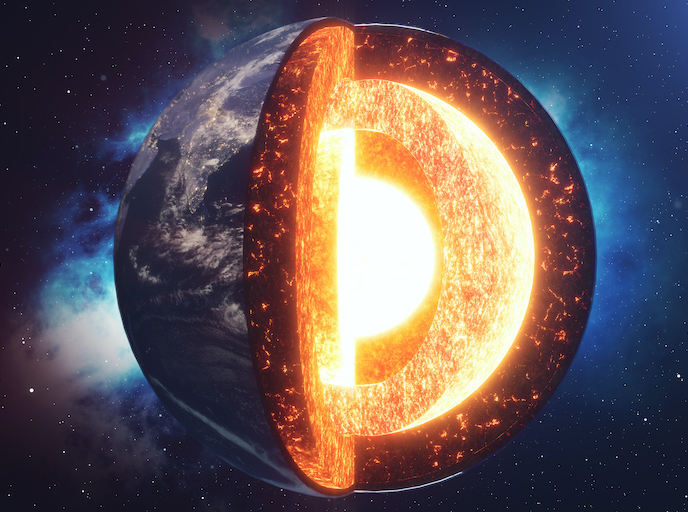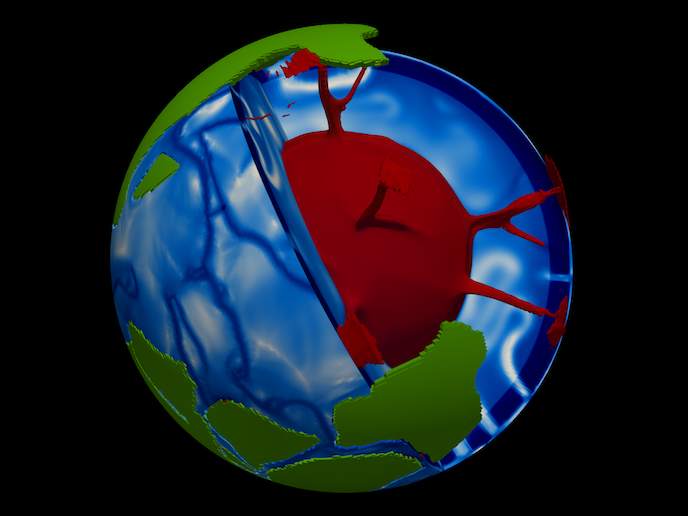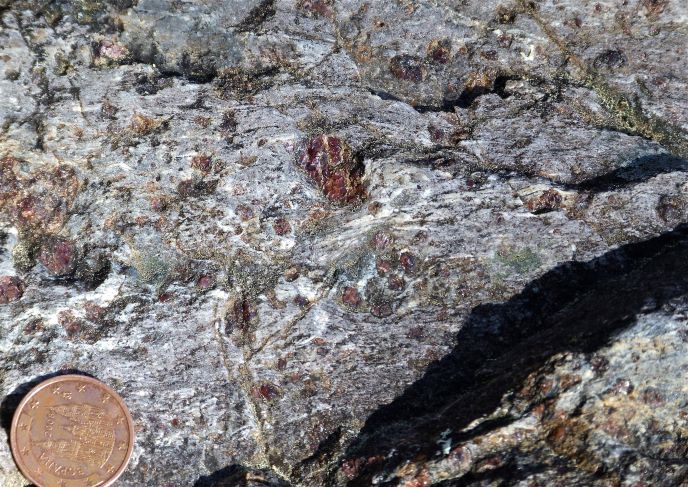Figuring out Earth’s origin story
Earth is a bit of an outlier. Hosting life for nearly 4 billion years, there’s simply no place like it, at least in our solar system. But what makes Earth so unique? The answer to that question lies buried deep below our feet. “Events that happened during or shortly after the formation of the solar system had a huge impact on Earth’s mantle and its geochemical features,” says Maud Boyet(opens in new window) (website in French), a researcher at the University of Clermont Auvergne(opens in new window). “If we could see the composition of the starting material, the stuff that our planet was essentially built on, we’d be able to better understand the origin of Earth and perhaps even find Earth-like exoplanets.” Unfortunately, for all practical purposes, that material is inaccessible, and definitely not observable. So instead, scientists have been left with trying to understand the evolution of Earth’s mantle by looking at the material found here on the surface. But, as Boyet explains, this too is difficult. “There are very few samples that date back to the first few hundred million years of Earth’s history,” she adds. With the support of the ISOREE project, funded by the European Research Council(opens in new window), Boyet is trying a different approach – one that combines isotope geochemistry, experimental petrology, spectroscopy, and state-of-the-art models for studying Earth’s earliest days.
Evidence of a collision
Using combined, high-precision isotope analyses, the project analysed a large number of terrestrial and extraterrestrial rocks, some dating back 3.5 billion years. In doing so, it was able to accurately define Earth’s isotopic composition. “Through this challenging analysis, we identified small excesses of 142Nd in terrestrial samples compared to extraterrestrial objects formed during the earliest days of the solar system,” notes Boyet. As Boyet explains, 142Nd is a systematic element with a short lifespan that is formed by the decay of 146Sm, another element. This makes it a powerful tool for identifying any differentiation processes that happened during the early solar system. “Even the smallest excess of 142Nd is evidence of a collision that would have caused an erosion event that removed the planet’s primordial crust, significantly modifying the bulk of Earth’s composition,” she says. According to numerical simulations, although such collisions weren’t all that uncommon, proof of their occurrence had been missing. “This type of collision would have destroyed the primitive crust that had formed on the surface of a planet during formation, and now we have evidence of this process,” remarks Boyet.
New data on planetary evolution
The ISOREE project succeeded at increasing our understanding of how Earth and the solar system was formed. In doing so, it also developed groundbreaking technology for studying planetary elements and provided new data on planetary evolution – all of which will be made available to the scientific community. Although the project itself is now finished, the research team continues their work. “In order to better understand the formation of Earth relative to other planets in the inner solar system, we need to increase the number of samples we analyse and include samples from the Moon and Mars,” concludes Boyet.






